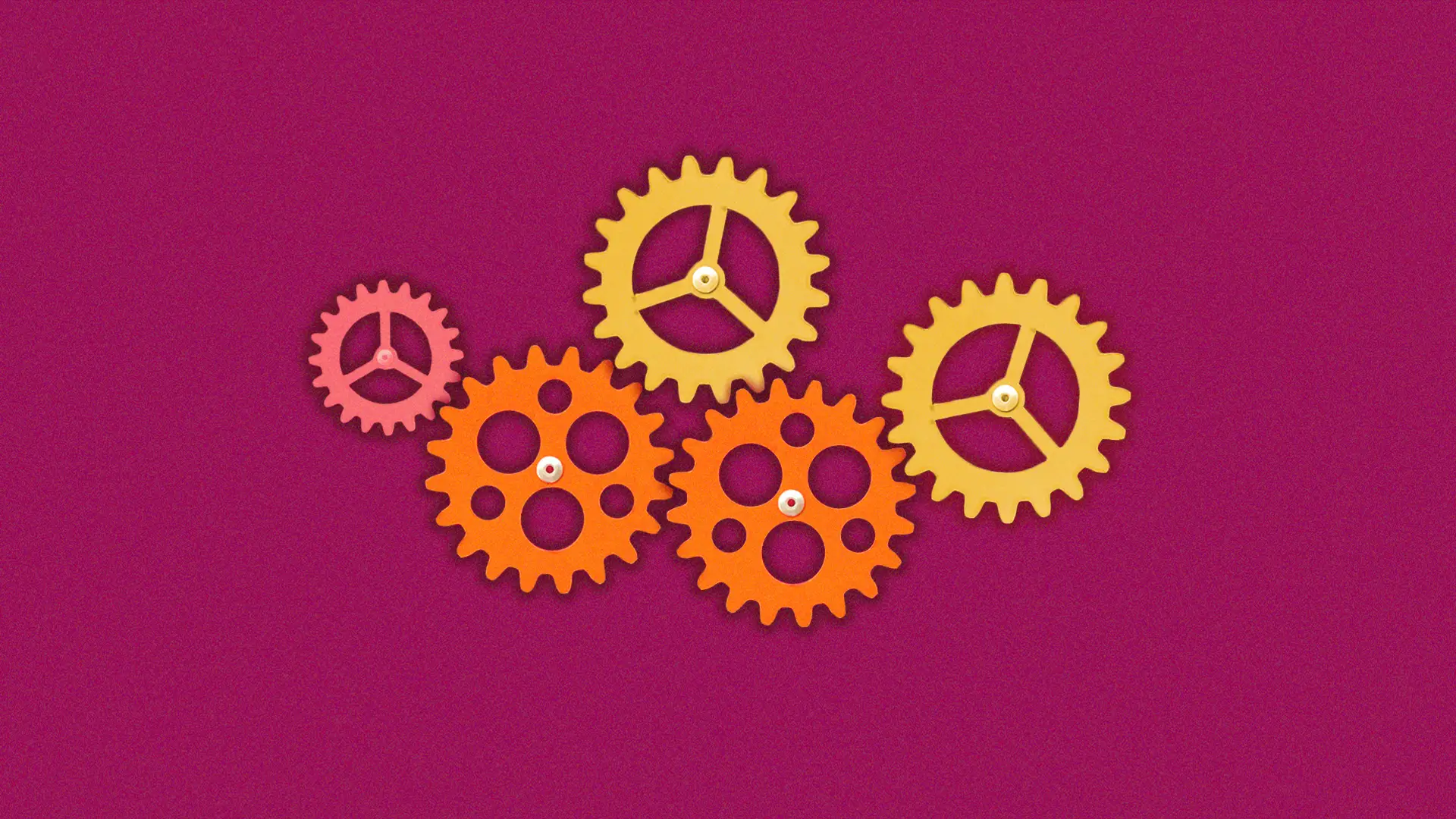

Key Takeaways
- Remote and flexible working should be the norm in organizations, as it has a positive impact on health outcomes, productivity, and employee loyalty.
- Leaders must be empathetic and offer additional support, such as sick leave and mental health days.
- Encouraging separation between work and home is important for mental health, and building in a “Third Space” can help increase performance.
- Leaders should model healthy workplace behaviors instead of praising overwork.
If COVID has taught us anything, it's that the days of the rigid 9-to-5 workweek are over for many. What's more, we've learned that mental health at work has a significant impact on productivity. So what are some areas to prioritize when creating a workplace and culture that supports better mental health for your people?
1. Make it flexible
In most cases, remote working is here to stay, with the COVID work-from-home orders over the past two years forcing a lasting change to the way we work. However, flexible working and the culture that enables it still has some way to go to reach mainstream status.
If remote working isn't suitable for a particular work type, flexible working can provide many of the same benefits.
One 2010 study from Durham University found that flexible working arrangements that “increase worker control and choice” had a positive effect on a plethora of health outcomes–sleep quality, tiredness and alertness, blood pressure, and mental health–as well as “secondary' outcomes, including a sense of community.
What's more, employees who've experienced a truly flexible work culture are highly unlikely to move to a role that doesn't allow flexibility, especially working parents, so it also builds trust and loyalty with employees at a time when talent is sparse.
2. Empathy within workplace policies that embrace the current pandemic challenges
Many Australian businesses have offered COVID leave or mental health days to their teams. In December 2021, PricewaterhouseCoopers (PwC) announced that they would offer international remote work for up to three months to their people. After a long separation from loved ones, those visiting family overseas could stay longer without having to use annual leave.
Mental and emotional health is a key consideration in these times and leaders need to address the toll that the past two years has taken on employees, relationships, and families separated by closed national and international borders.
3. Encouraging separation between home and work
Ever since the pandemic began, our lives have blended work and family demands in one “home space”. This has taken a tremendous toll on relationships and families, resulting in high levels of stress and anxiety and the inability to switch off from work.
On average, during the pandemic people were working an additional 40 minutes every day.
Peak performance researcher Dr. Adam Fraser has long touted the benefits of what he calls “The Third Space”‚ the space between work and home. The emerging trend around the “fake commute” or working from a local workspace has many positive effects on wellbeing. As Dr. Fraser shares, “The Third Space“, a bridge between your work life and your personal life, doesn't have to be a new physical area. It could be your walk to your local coffee shop, the evening dog walk, or your short trip to the gym.
Turns out we needed the commute more than we thought, but now with remote work, it can be integrated into our everyday tasks like walking to a co-working space nearby a few times a week.
Building this into your workdays increases performance, stopping you from carrying the stress and frustration from one environment to the next. More importantly, it helps you turn off at the end of the day so you can go home, connect with your loved ones and come back to work more refreshed and focused the next day.
4. Thinking differently about Employee Assistance Programs
Research shows that around one in five Australians have taken time off work in the past 12 months because they felt stressed or mentally unhealthy.
EAP or Employee Assistance Programs have been long overdue for a rethink, and post-pandemic, it's even more critical. Most EAPs seem to be there to just mop up the mess or tick a box for employers, offering services such as counselling. But what about preventing the need for those services in the first place by empowering employees to take charge of their own wellbeing?
In a recent report by Heads Up, It is estimated that untreated mental health conditions cost Australian workplaces approximately $10.9 billion per year. This comprises $4.7 billion in absenteeism, $6.1 billion in presenteeism, and $146 million in Compensation, claims. Typically workplaces have attempted to support the one in five employees experiencing challenges, however by proactively focussing on the five in five, organisations can prevent these problems before they arise.
What's more, traditionally EAP programs come with a hefty price tag and are unable to engage with employees ongoing or show real data or return on investment. They are in many cases an ad-hoc solution. Disrupters to this model such as UK mental health platform Unmind, a workplace mental health solution that empowers employees to proactively measure, understand, and improve their mental wellbeing.
This is one way to empower employees to be accountable for their mental health journey with preventative measures. It ensures that employees get what they need when they need it, without the difficulty of speaking to a manager or taking extended sick leave.
5. Healthy leadership practices
Praising all-nighters and working 7 am to midnight are no longer medal-worthy achievements in our workplaces, with wellbeing a central consideration in an employee's decision to join a new organisation.
New research reveals employees value wellbeing over climbing the ladder. Forget ‘live to work.'
Over 60% of workers surveyed are willing to turn down a promotion to protect their mental health. Return on Action Report 2021CEO, Atlassian / PwC
Even more pivotal for workplace culture is the behaviour of leaders and senior people around their own wellbeing, which models and encourages healthy resting and balance to their team members.
In summary, moving with the times and gaining up-to-date data on employee working trends from inside and outside your organisation will help inform your strategy to continue to attract the best talent while caring for their wellbeing.
Related

Great brand collaborations are the best to strengthen identity.
Design & Experience, Insights & Trends, Marketing & Creative, Beauty and Fashion

Consumer demand and policy are driving EV market growth.
Development & Technology, Insights & Trends, Automotive

Are you missing opportunities to improve health screenings?
Design & Experience, Marketing & Creative, Health